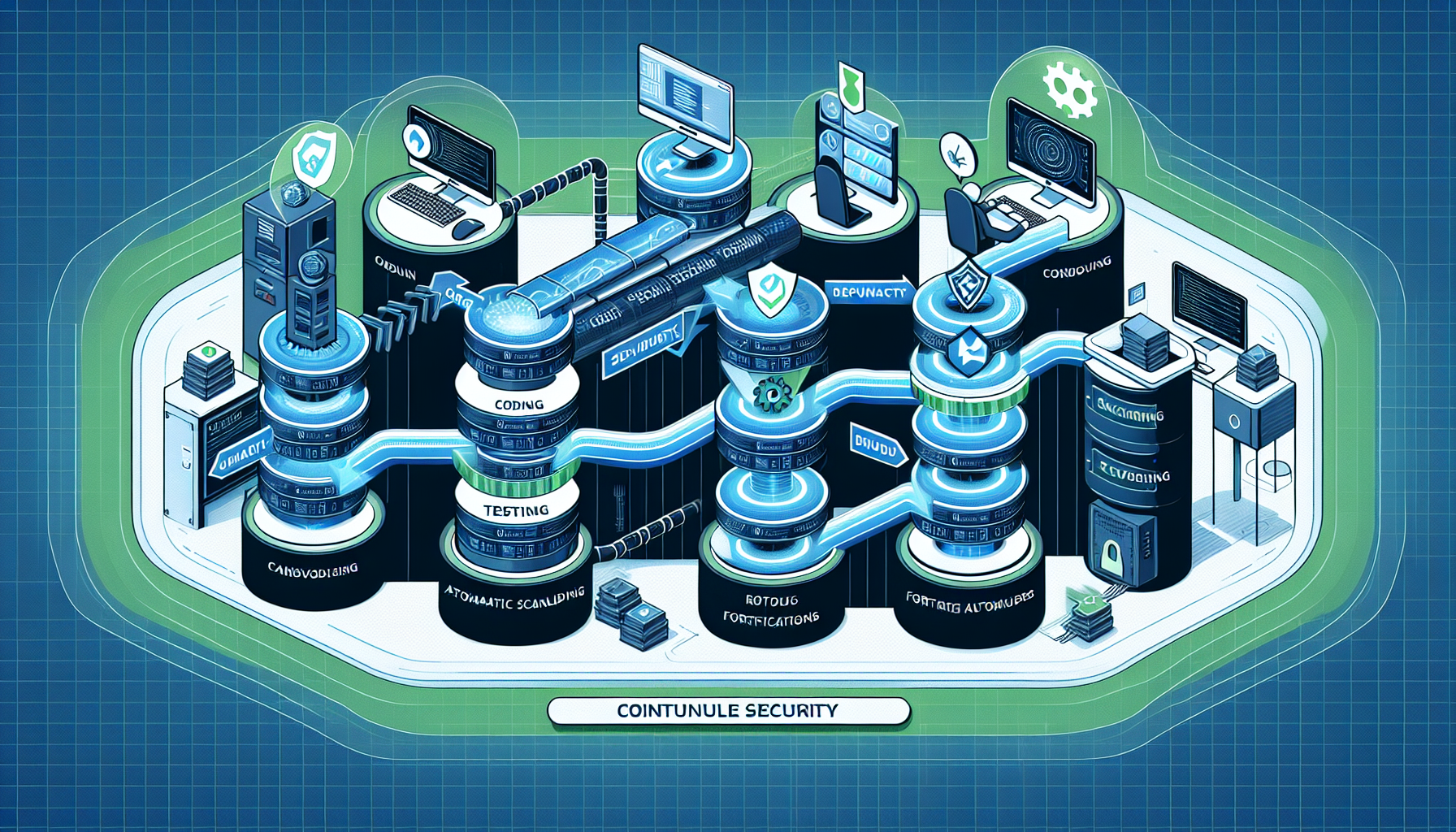Continuous Security: Integrating Automated Security Protocols into Your DevOps Pipeline
Introduction
In today’s fast-paced software development environment, integrating security into the DevOps pipeline (commonly referred to as DevSecOps) is not just beneficial; it is essential. The evolution from traditional DevOps to DevSecOps aims to embed security into every phase of the software development lifecycle, ensuring fast yet secure delivery of code. This blog post delves into the importance of continuous security and how you can implement automated security protocols in your DevOps pipeline.
Understanding Continuous Security
Continuous security is a proactive approach that integrates automated security tasks directly into the DevOps process. It aims to provide real-time security assessments and ensure that protective measures are baked into the software from its very inception.
Key Benefits of Continuous Security
- Proactive Risk Management: Identifies potential security vulnerabilities before they become real threats.
- Compliance Assurance: Helps in adhering to regulatory requirements by incorporating security standards from the beginning of the development process.
- Faster Recovery Times: Allows teams to respond to security issues more quickly, reducing downtime.
- Better Collaboration: Encourages stronger collaboration between development, operations, and security teams.
Integrating Security into Your DevOps Pipeline
The process of integrating security can be streamlined by incorporating automated tools that scan for vulnerabilities at various stages of software development. Here’s how it can be integrated:
Security in Planning
- Threat Modeling: Conduct threat modeling sessions to identify potential security issues based on the planned features and architecture.
Security in Development
- Code Analysis Tools: Implement static application security testing (SAST) and dynamic application security testing (DAST) tools to identify insecure coding practices and vulnerabilities.
# Example CLI command for a SAST tool
sast_tool_cli --scan --source /path/to/source/code
Security in Testing
- Automated Security Testing: Integrate security test cases into the automated test suites.
- Penetration Testing as Code (PTaC): Automate penetration tests using scripting and standard testing tools.
# Automated penetration test script example
run_ptac_tests.sh /path/to/test/scripts
Security in Deployment
- Real-time Monitoring: Use tools that provide real-time monitoring and alerts for any security anomalies.
- Configuration Management: Ensure that configurations are secure by default and automatically check for misconfigurations in your infrastructure.
Best Practices for Effective Continuous Security
Implementing continuous security requires more than just tools; it involves a change in culture and practices:
– Educate Your Team: Regular training on the latest security practices and vulnerabilities.
– Shift Left: Integrate security early in the development cycle.
– Automate Everything: Make security scanning and tests part of the CI/CD pipeline to ensure they are not skipped.
– Continuous Evaluation: Regularly update and review security practices and tools to cope with new threats.
Conclusion
Implementing continuous security within the DevOps pipeline is crucial for secure software deployment. By integrating automated security protocols, organizations can ensure that they not only comply with necessary regulations but also provide a secure product to their users. Start small, automate security checks, and keep evolving your security practices in line with new developments and threats in the landscape.




